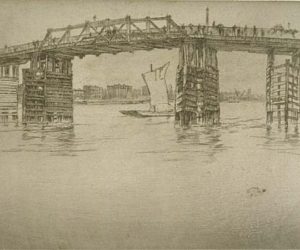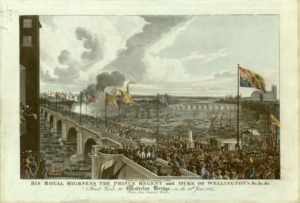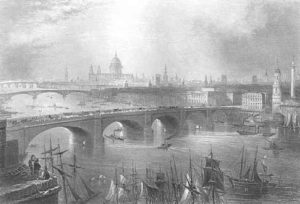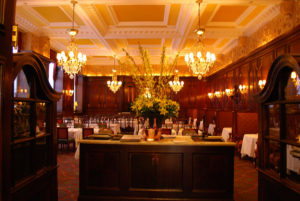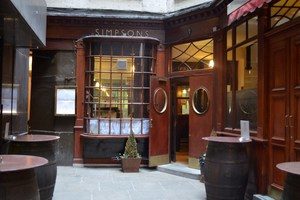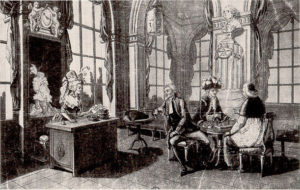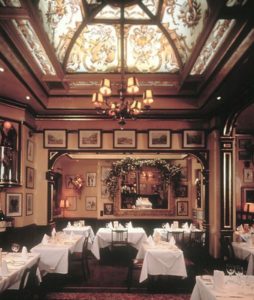The River Thames has a starring role in my story, The Rake’s Mistake. The heroine, Daphne, Lady Wetherell, lives in a house on the river, and my hero, Lord Ramsdale, is a recreational sailor in an era when that pastime was still developing. Lots of action takes place on the river, from peaceful romantic sailing to a frantic race with much at stake. Researching the river was one of my great pleasures in writing that story, which I will be reissuing one of these days after some revisions I want to make.
The idea for that story was inspired by a single sketch of the Thames that showed a small  flotilla of sailboats, what we’d call “day-sailers” around here, engaged in a recreational race in London. I think it was dated 1795, and my first thought was that it looked just like any recreational sailboat race held today –like this one. I had one of those moments when it feels as if the divisions between the centuries fall away, leaving a universal moment in time that transcends history.
flotilla of sailboats, what we’d call “day-sailers” around here, engaged in a recreational race in London. I think it was dated 1795, and my first thought was that it looked just like any recreational sailboat race held today –like this one. I had one of those moments when it feels as if the divisions between the centuries fall away, leaving a universal moment in time that transcends history.
For centuries the river was the main artery for goods and transport (not to mention jobs), the lifeblood of London. Sailing on the river required a lot of knowledge, not only of the currents and tides, but also of navigating all the various bridges. “ Shooting the bridge” –traveling through the bridge openings with their swift current and varying water levels –could be very dangerous, yet was necessary for anyone who needed to get up or downstream for any distance.
Shooting the bridge” –traveling through the bridge openings with their swift current and varying water levels –could be very dangerous, yet was necessary for anyone who needed to get up or downstream for any distance.
As we travel through Regency London in our stories, I think we tend to forget how much construction was going on everywhere. Gas lines were being laid in the streets, and new bridges were being erected over the Thames, adding to those already in place. Unbearable traffic on the existing bridges made the need for new ones pressing.
London Bridge, of course, had existed in one form or another since the days of the Romans. For centuries it was the only bridge across the Thames in London, until Fulham Bridge (first proposed in 1671) was completed in 1729. There’s a lovely story that Sir Robert Walpole pushed for the Fulham Bridge construction after being delayed by the ferryman, who was drinking in the nearest tavern and oblivious to customers waiting to cross the river.
The rights of owners, ferrymen and watermen –not to mention competing bridges, and financing –were all matters of contention each time a new bridge was proposed. A proposal for Westminster Bridge was already being debated in the 1720’s, but the bridge wasn’t completed until 1750.
Blackfriars (1768) and the rough wooden Battersea bridge (1776) followed.
The Vauxhall Bridge, the first cast iron bridge across the river, opened in 1816.
The opening of the Waterloo Bridge in 1817 was a festive and crowded occasion complete with military displays and bands playing (my characters mentioned above observe this from Archer’s boat on the river).
Parliament authorized the construction of Southwark Bridge in 1811. The work began by 1813, and the cornerstone ceremony was held two years later. The bridge opening took place in March, 1819, at midnight –“the bridge, illuminated with lamps, being declared open as St. Paul’s clock tolled” the hour.
The power of the river is extraordinary, and every one of these bridges has since been replaced.
There’s a nice brief summary of the Thames history at http://www.southwarkbridge.co.uk/history/the-river-thames.htm
A description of Old London Bridge by Louis Simond (1815) reads: “Nothing can well be uglier than London bridge ; every arch is of a size different from its next neighbour; there are more solid than open parts; it is in fact like a thick wall, pierced with small unequal holes here and there, through which the current, dammed up by this clumsy fabric, rushes with great velocity, and in fact takes a leap, the difference between high and low water being upwards of 15 feet.” Simond, in fact, ventured to stay in his hired boat to experience shooting the bridge, reasoning that boats had to do it every day, and he “being quite sure of reaching the shore by swimming, … remained with the boatman.” 
I know other authors who have featured the river and/or the bridges in their stories –Jo Beverly comes to mind, and Regina Scott. But still it surprises me that something so integral to life in London (at any time period) so often has no place in our fantasized Regency version of Town.
Have you ever traveled on the Thames? Can you recall any Regency romances you’ve read (or written) that use the river as part of the story?



